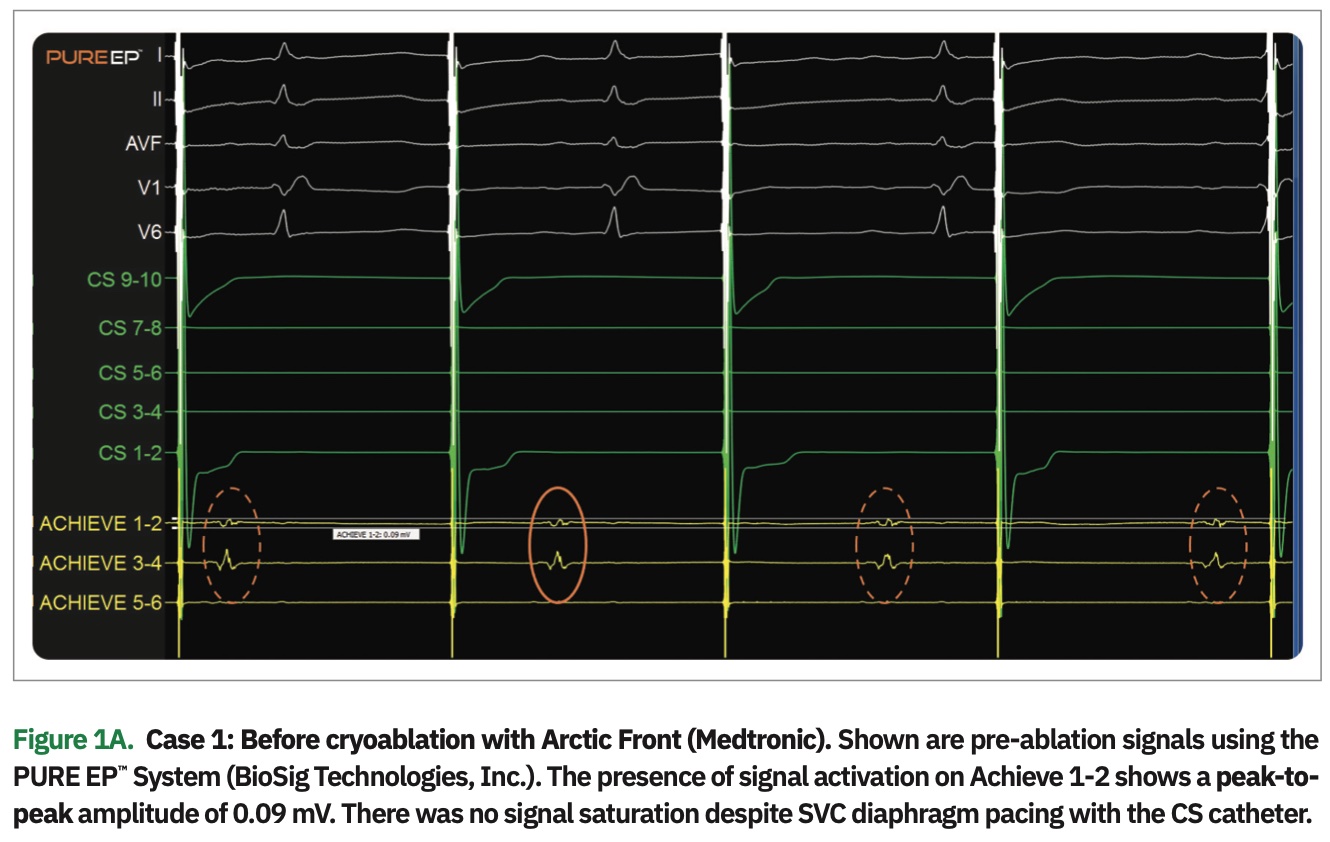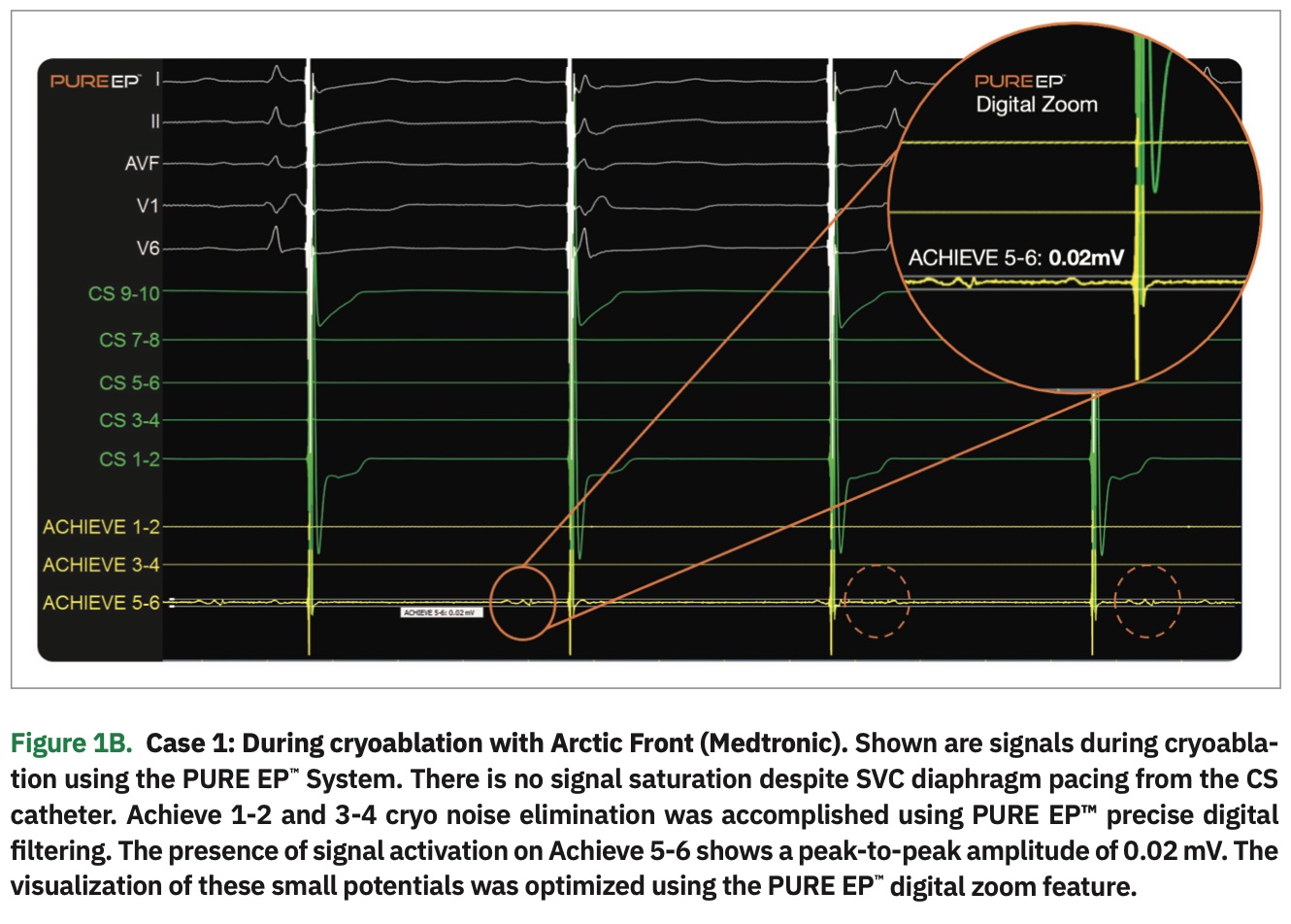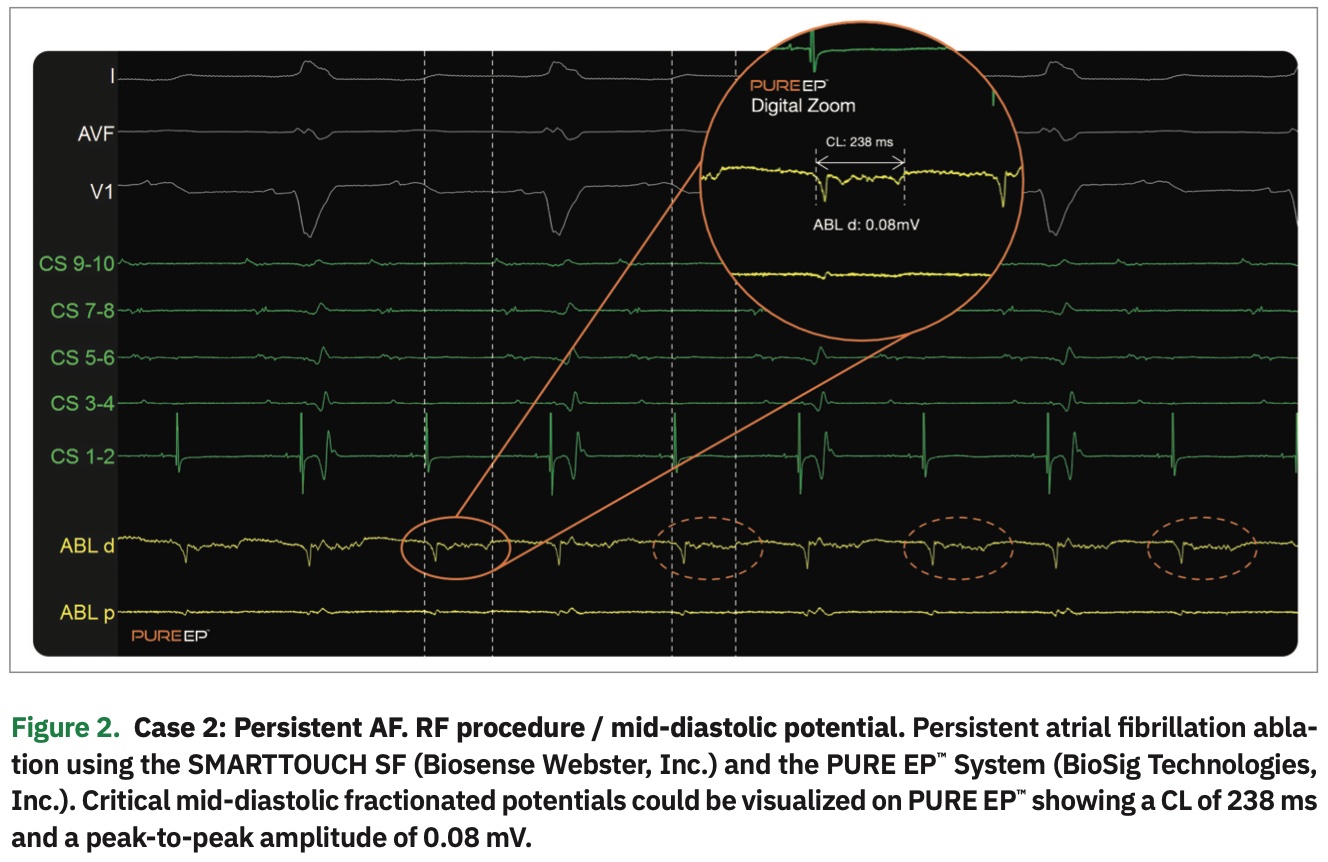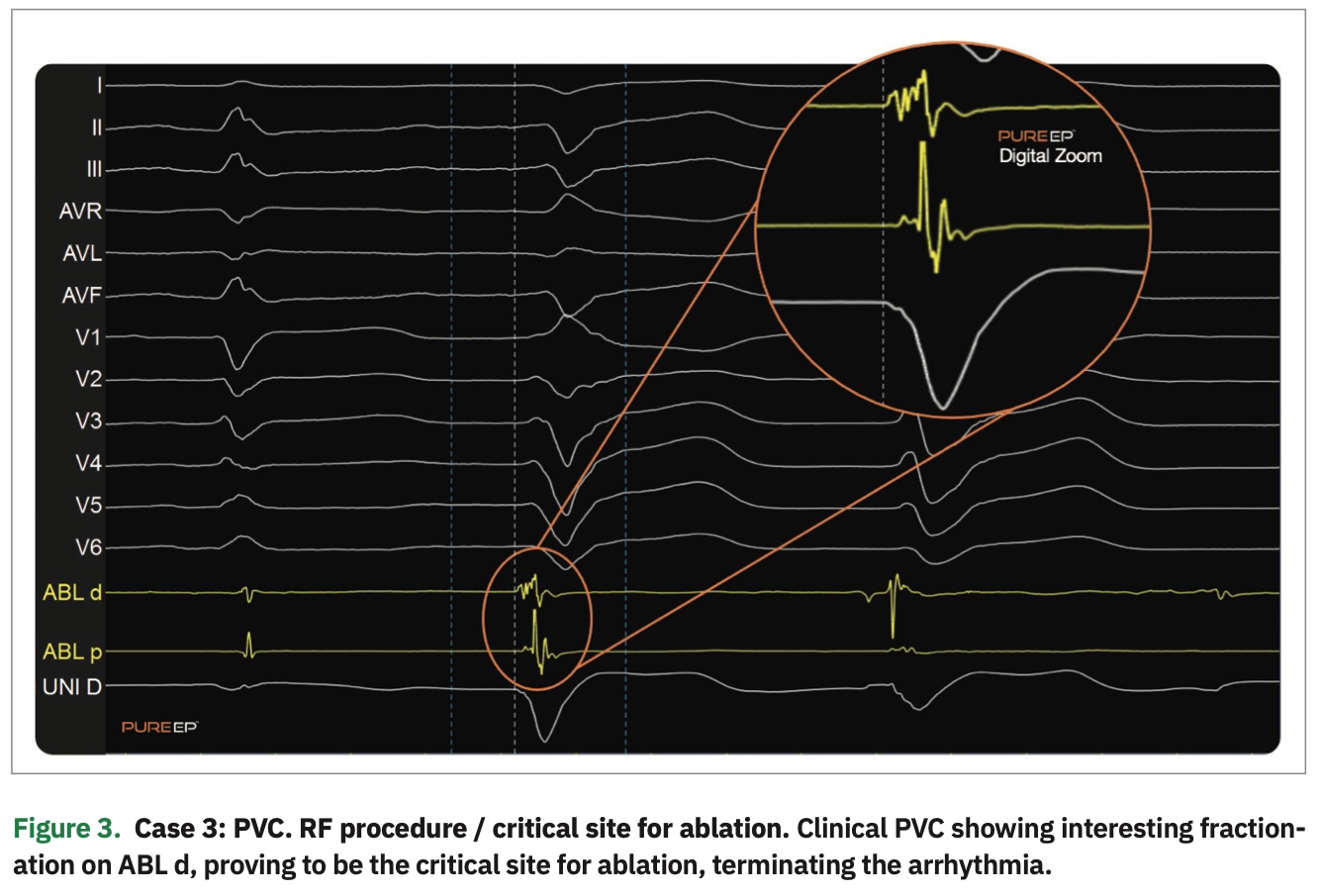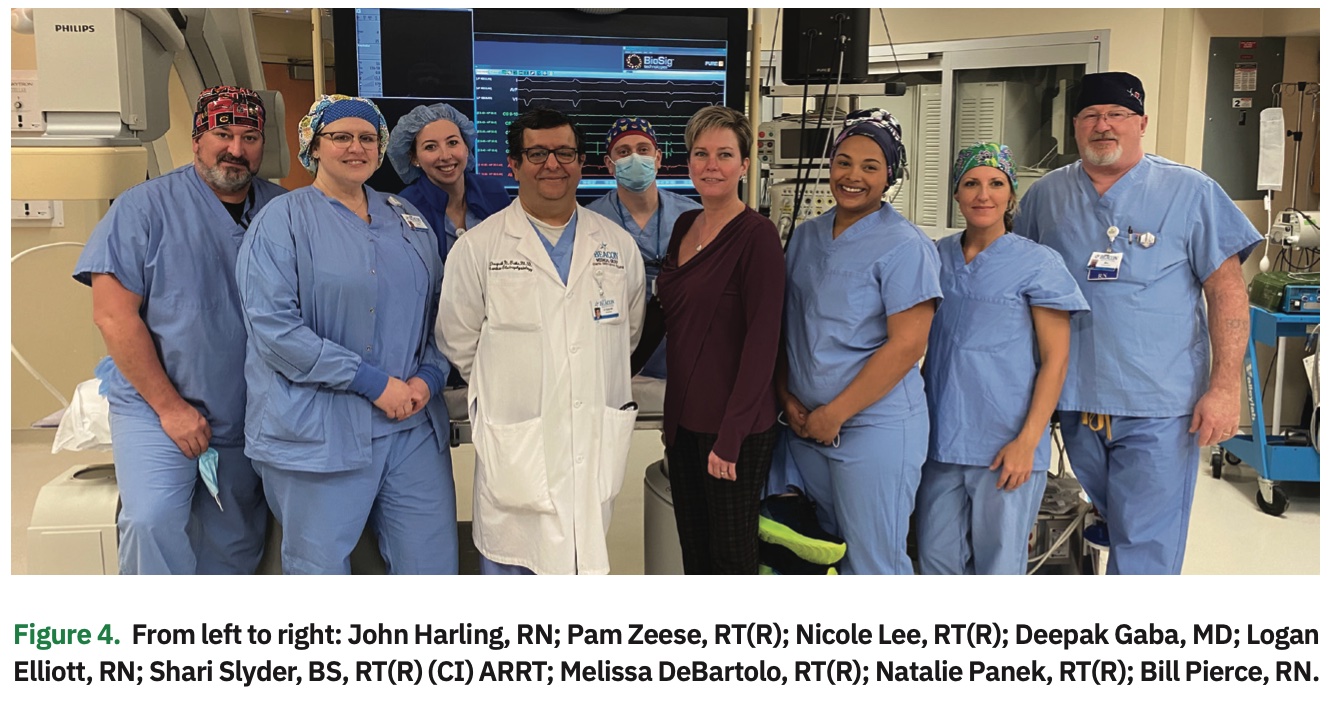Improved Intracardiac Signal Visualization During RF and Cryo Procedures
In this interview, EP Lab Digest speaks with Deepak Gaba, MD (Clinical Cardiac Electrophysiologist), and Shari Slyder, BS, RT(R) (CI) ARRT (Managing Director of Cardiovascular Services), at Memorial Hospital of South Bend, Indiana, about the rising importance of intracardiac signals in complex ablations and the incorporation of the PURE EP™ system (BioSig Technologies, Inc.) into their practice.
Q&A with Deepak Gaba, MD
Can you tell us about your practice?
The EP group consists of 3 electrophysiologists and 6 cardiologists. We are a hospital-based practice serving the entire South Bend, Indiana community, performing 480 EP cases annually. Depending on the type of case, we are using the CARTO 3 (Biosense Webster, Inc., a Johnson & Johnson company), EnSite Precision (Abbott), or Arctic Front (Medtronic) System. We recently added the PURE EP™ system to complement our suite of technologies.
What types of ablations is your facility performing?
We perform the entire spectrum of EP procedures. Forty-five percent of the patients I treat have persistent atrial fibrillation or atypical atrial flutters. About 20% have paroxysmal atrial fibrillation, and the remaining 35% suffer from PVCs, VTs, SVTs, typical atrial flutters, and least commonly, accessory pathways. Additionally, we perform diagnostic EP studies for unexplained syncope, as well as use ventricular stimulation protocols for risk stratification of sudden cardiac death in patients with remote myocardial infarction and impaired LV ejection fraction.
What is your view on the increasing importance of signals in EP?
The foundation of electrophysiology and ablation treatment relies on the acquisition and display of high-fidelity surface and intracardiac electrograms. The ability to accurately discern local and far-field electrograms is essential for better identification of arrhythmia substrate and as a guide for ablation endpoint. As new high-density mapping catheters and advanced electrode designs enter the market, there is a renewed focus and attention on intracardiac signals. I believe advanced signal processing will play an increasing role in guiding the procedure and complementing other technologies.
Looking at some of the emerging technologies that aim to improve signal quality, what are your key learnings from the PURE EP™ System as you mentioned you’ve been using it for a few months?
My first encounter with the PURE EP™ System honestly overwhelmed me. While we already have multiple screens of data to look at during the procedure, here was yet another screen of data that I had to view and process. But, as I did more procedures, I realized I became more reliant on the signals provided by the PURE EP™ System. The quality of the signals is excellent. The electrograms provided by the system are superior to those available from all other systems. There were situations where detailed electrograms were available on PURE EP™ and lacking on other systems. The PURE EP™ signals affect my decisions about PVC origin and optimal site of RF ablation. I noted similar findings during ablation of scar-mediated macro-reentry in the left atrium in patients that had undergone more than one prior ablation for atrial fibrillation. Now, I find the PURE EP™ signals indispensable. We have used the PURE EP™ System in different clinical scenarios using both cryo and RF, and found the signals to be equally beneficial, as seen in the figures here.
Q&A with Shari Slyder, BS, RT(R) (CI) ARRT
Can you tell us about the key aspects that are important to you in adopting new technologies?
Memorial Hospital is always interested in reviewing new technology. In cardiology, things are always changing and technology is a key element in staying on top of new treatment options. It is always important to stay at the forefront of new technology to ensure we are offering the most innovative and effective care to our patients and community.
Can you share what you value the most now that the PURE EP™ System is installed?
One of the biggest advantages of the system is the ability to see the signals better and clearer, and with very high quality. With the PURE EP™ System installed, we are able to visualize the signals that we were not able to see with our standard EP recording system. Specifically, our physicians report the ability to much more clearly see His signals as well as Purkinje fiber signals. One of the other things I’ve noticed is that we get a lot of noise with the signals on our current systems. Since we have installed the PURE EP™ System, I can say there is a lot less noise! From a training perspective, the system allows new technologists and nurses to more easily visualize and understand the waveforms.
Do you have specific programs within your hospital network for educating physicians on technologies?
In the Beacon Health System, we offer a case conference in which technologies are shared between Memorial and Elkhart General Hospitals. This allows each site to share information regarding new technologies and treatment options for our patients. PURE EP™ signals are at the center of many discussions these days, and it is great to see the engagement of everyone when it comes to discussing electrograms and how they can improve clinical outcomes.
This article is published with support from BioSig Technologies, Inc.
Disclosures: The authors have no conflicts of interest to report regarding the content herein.






